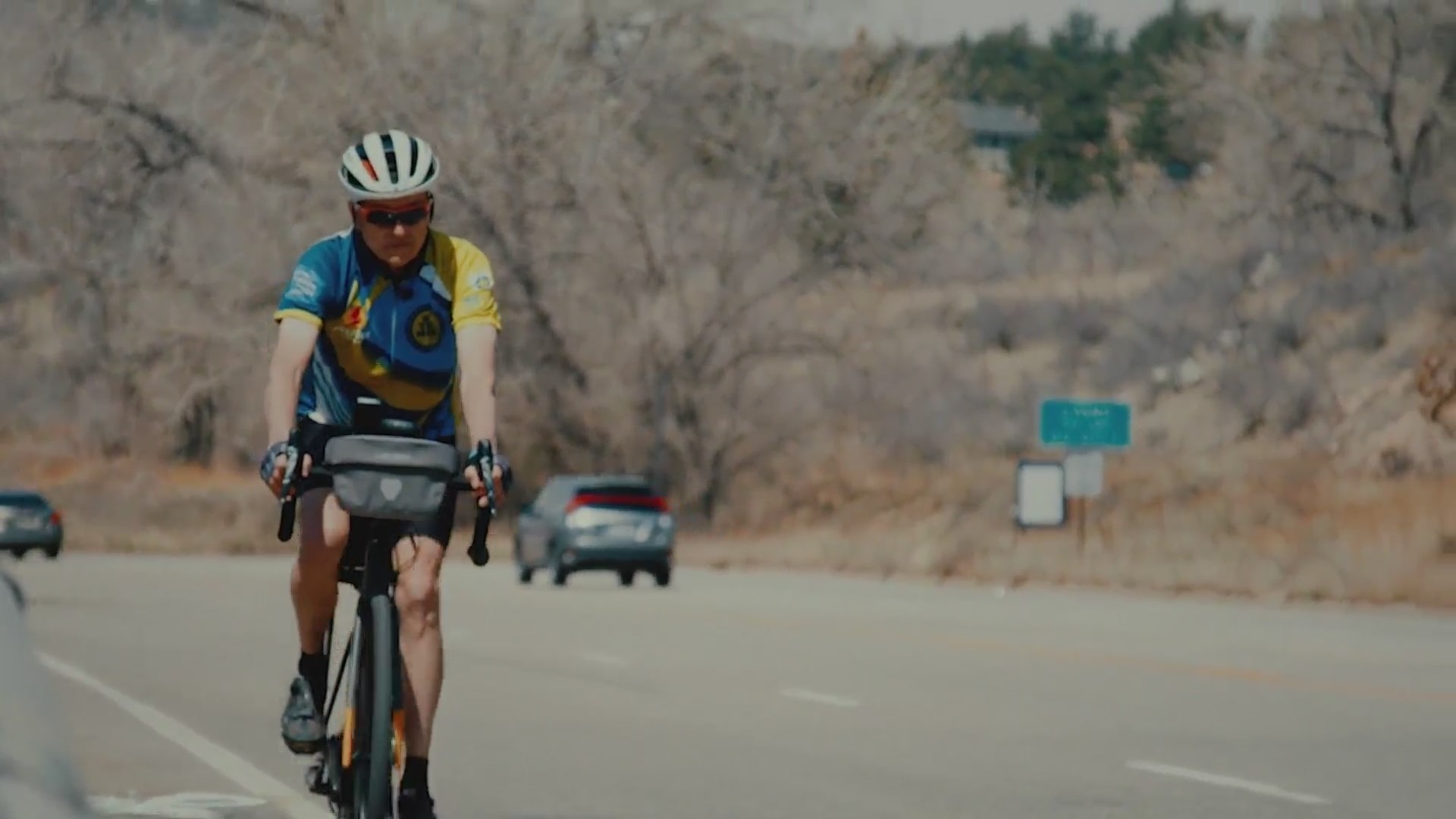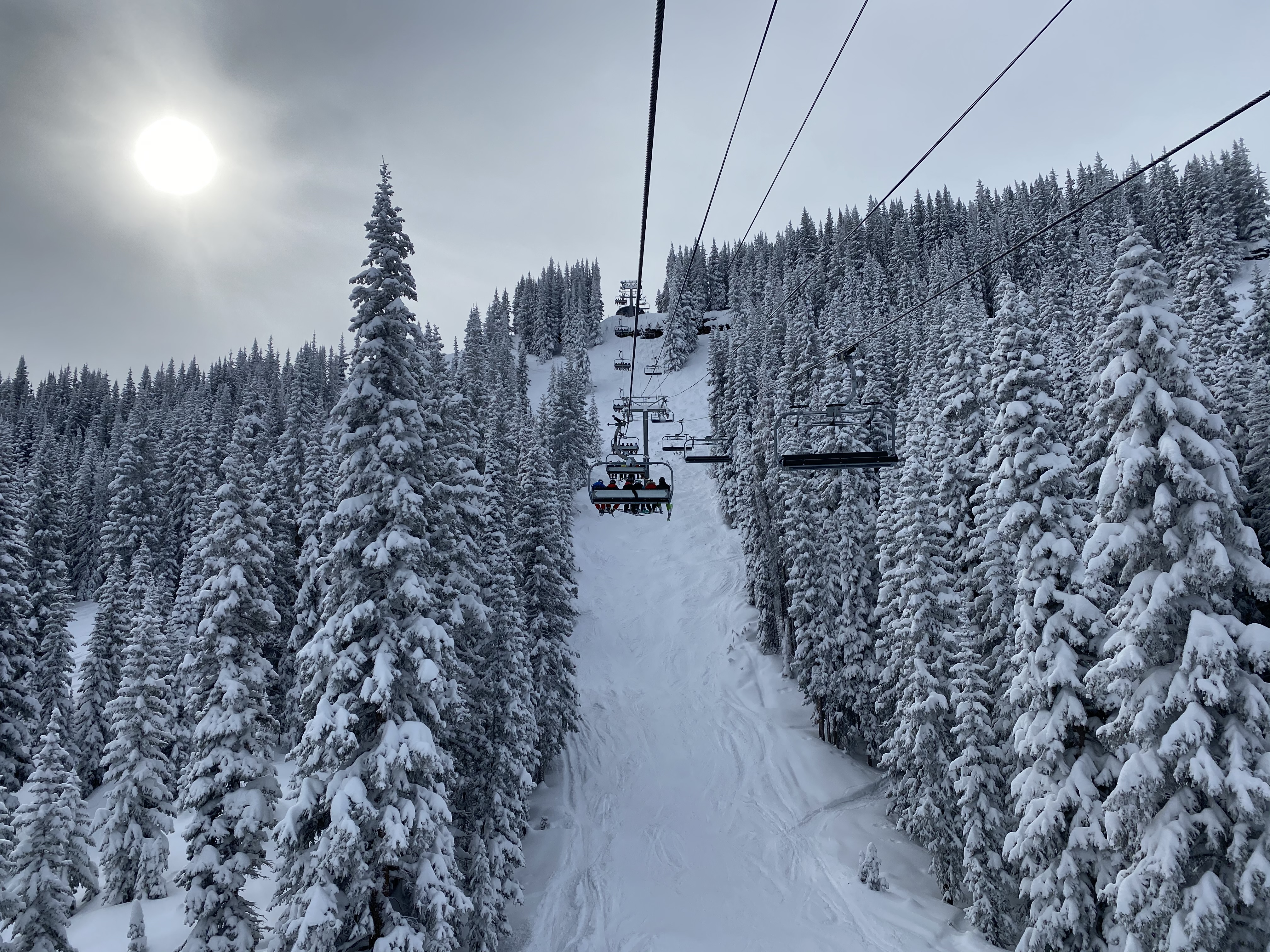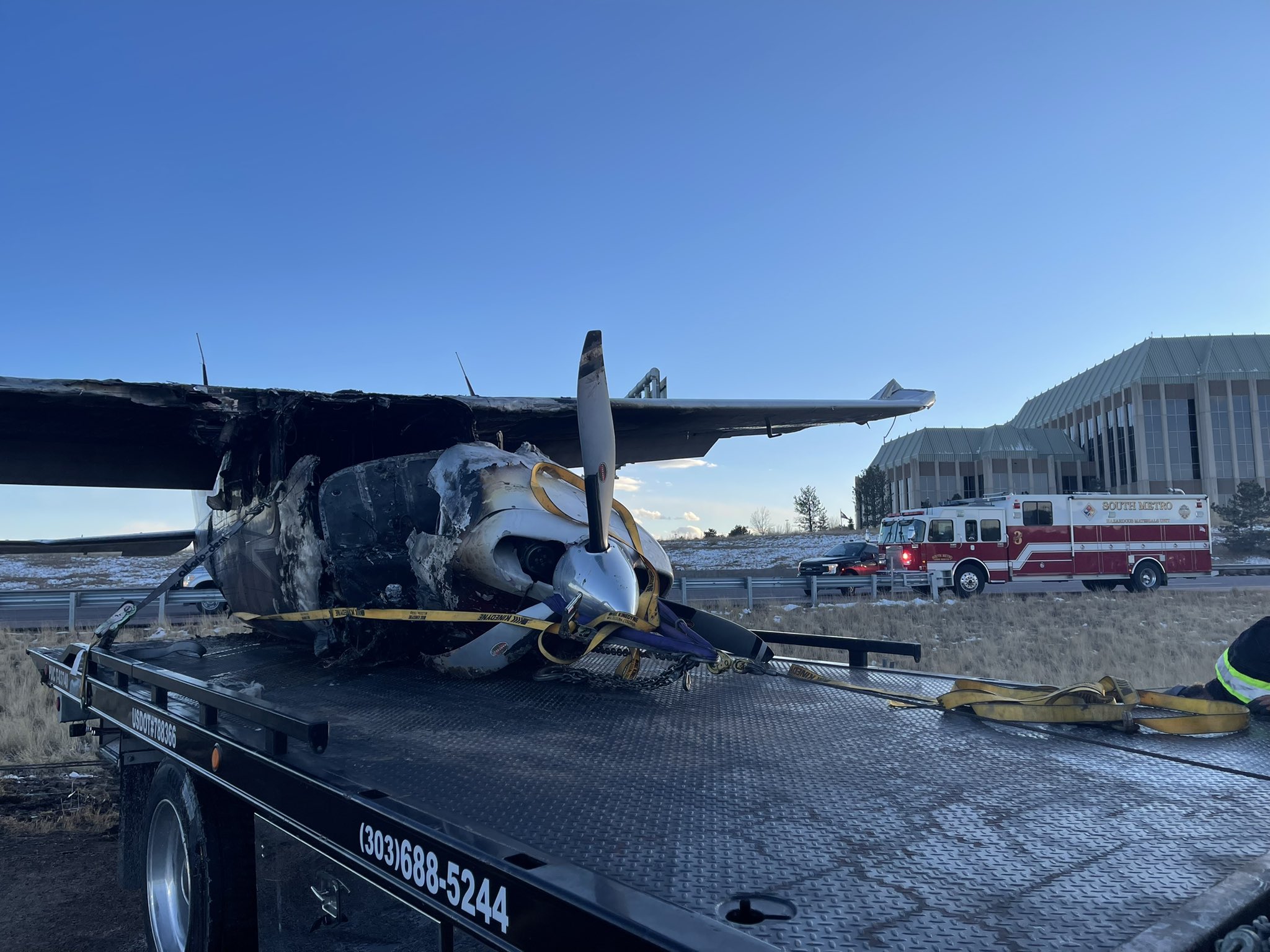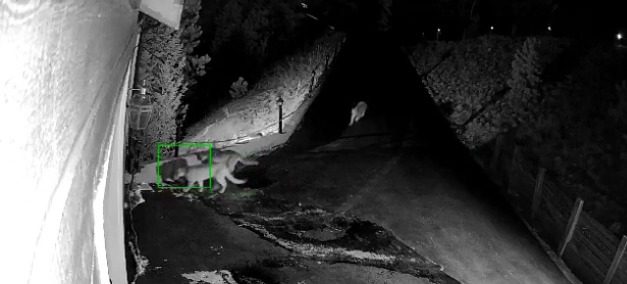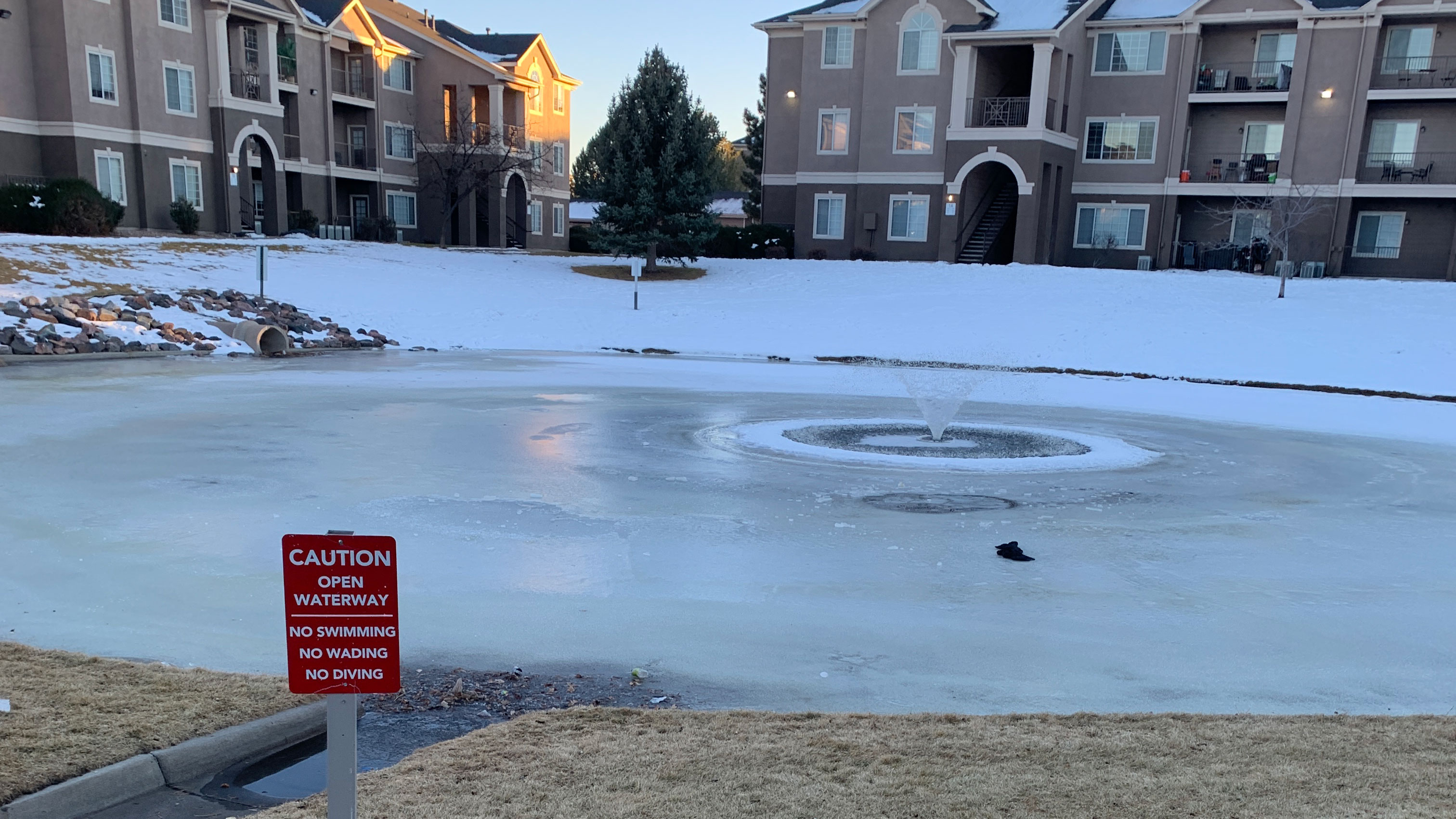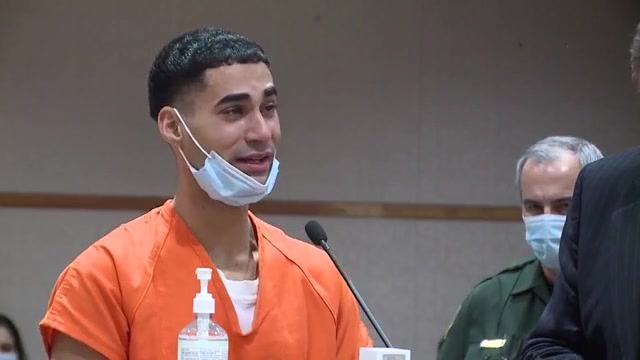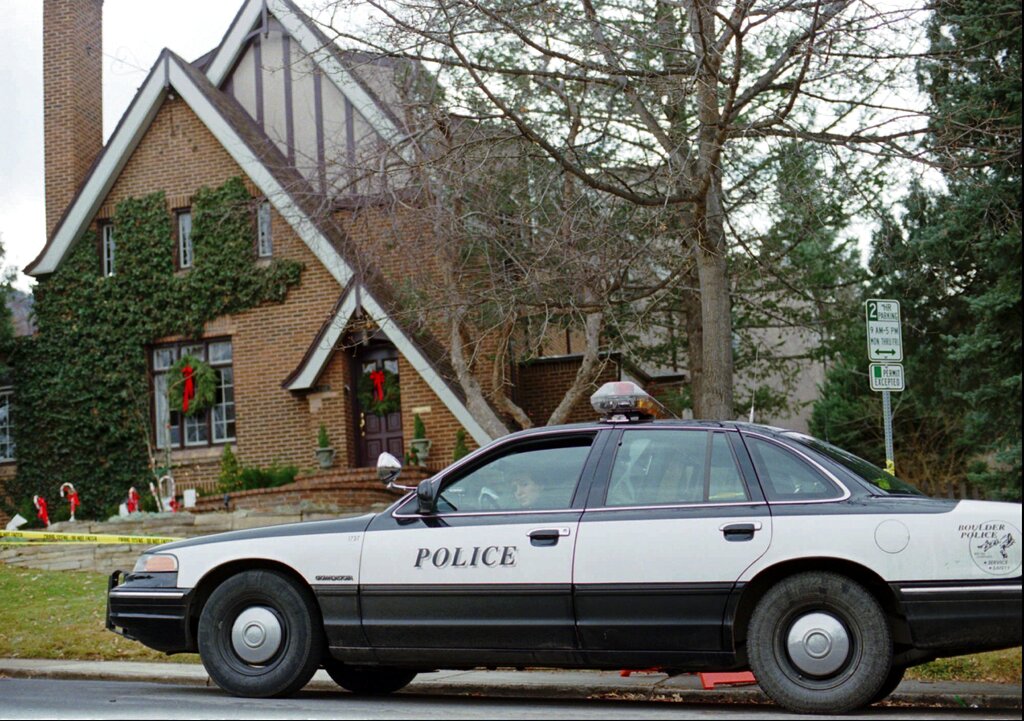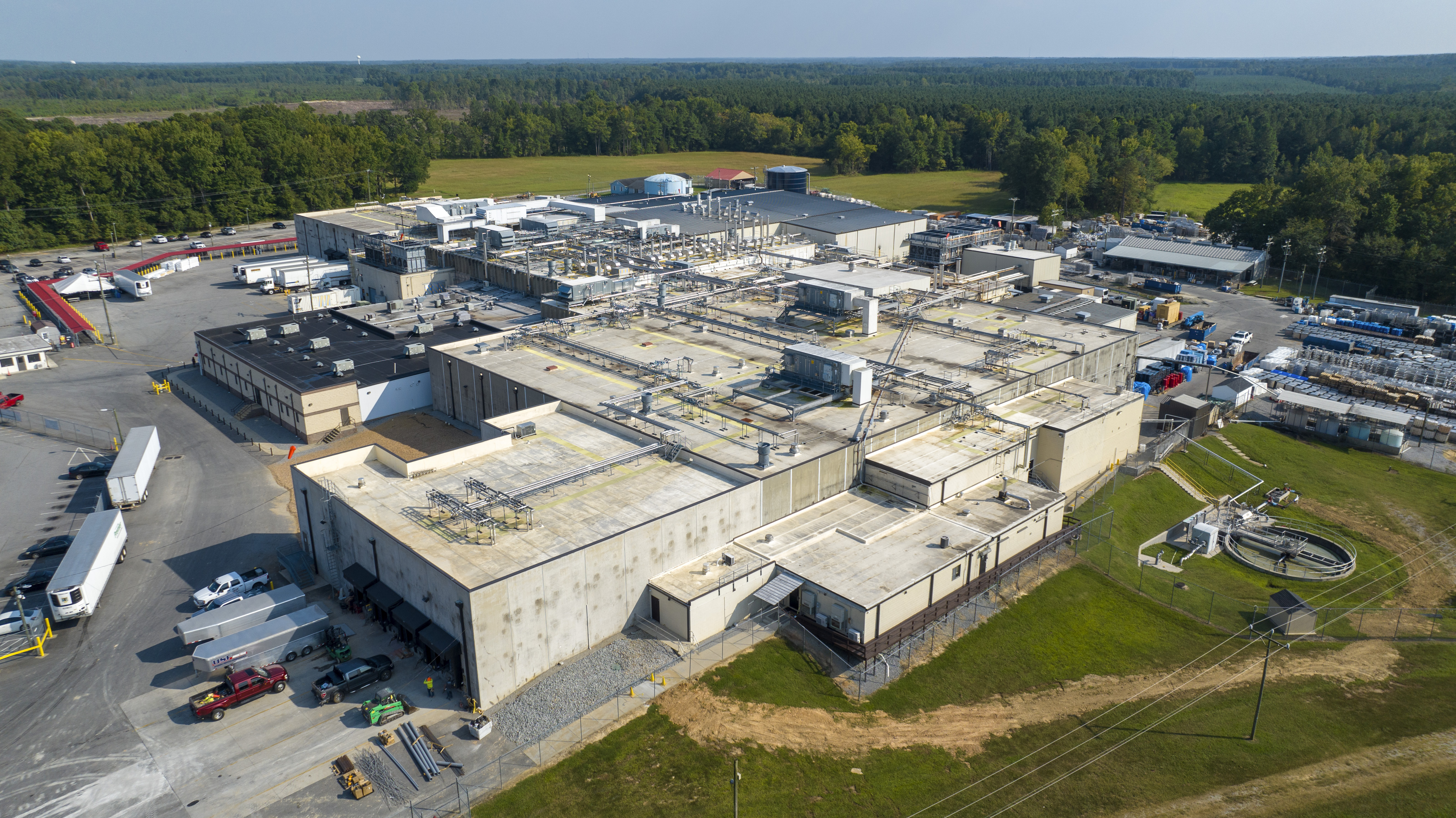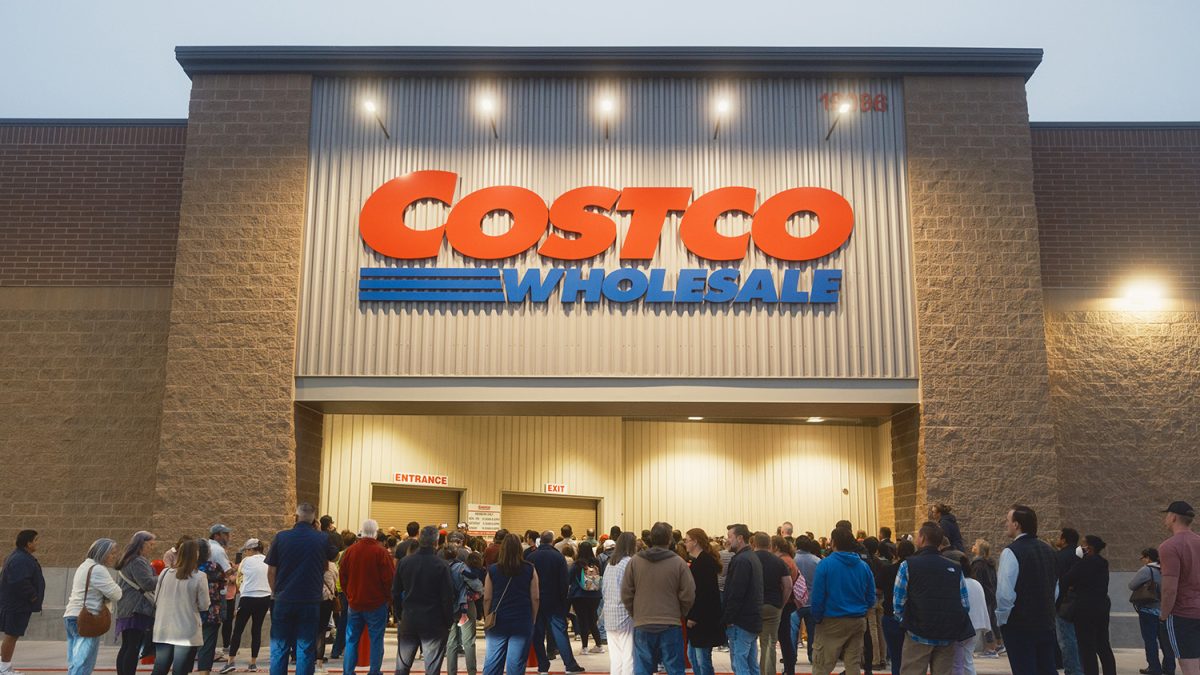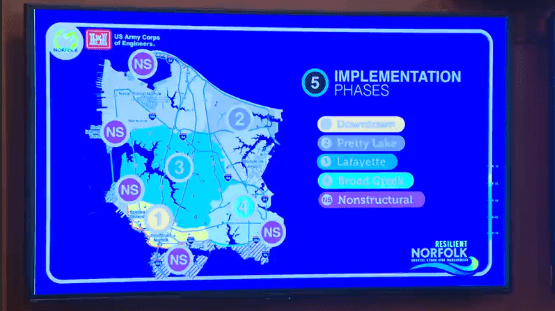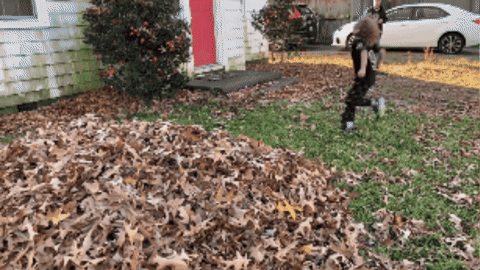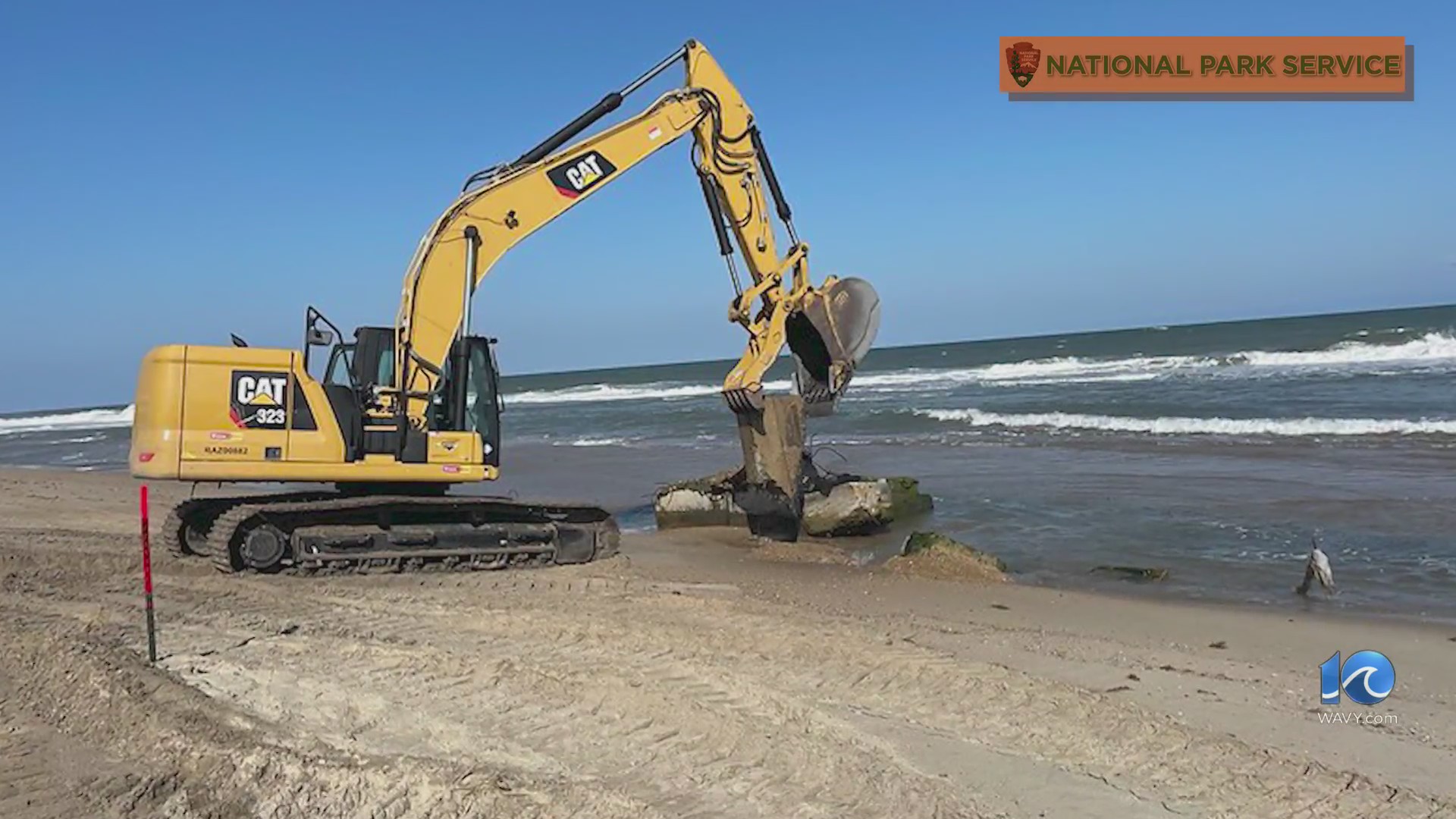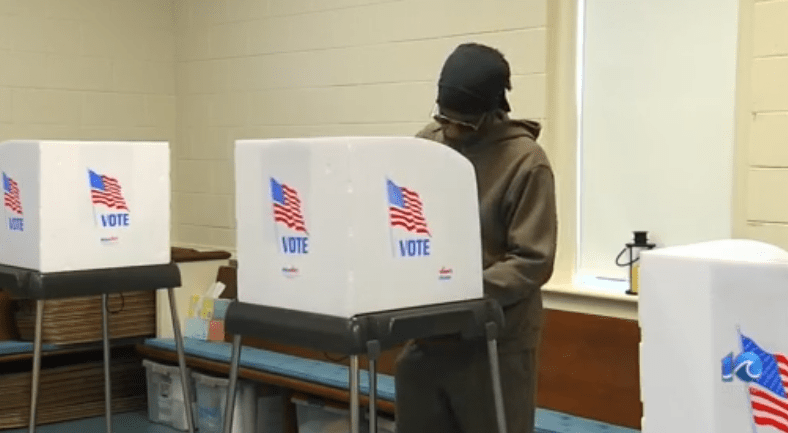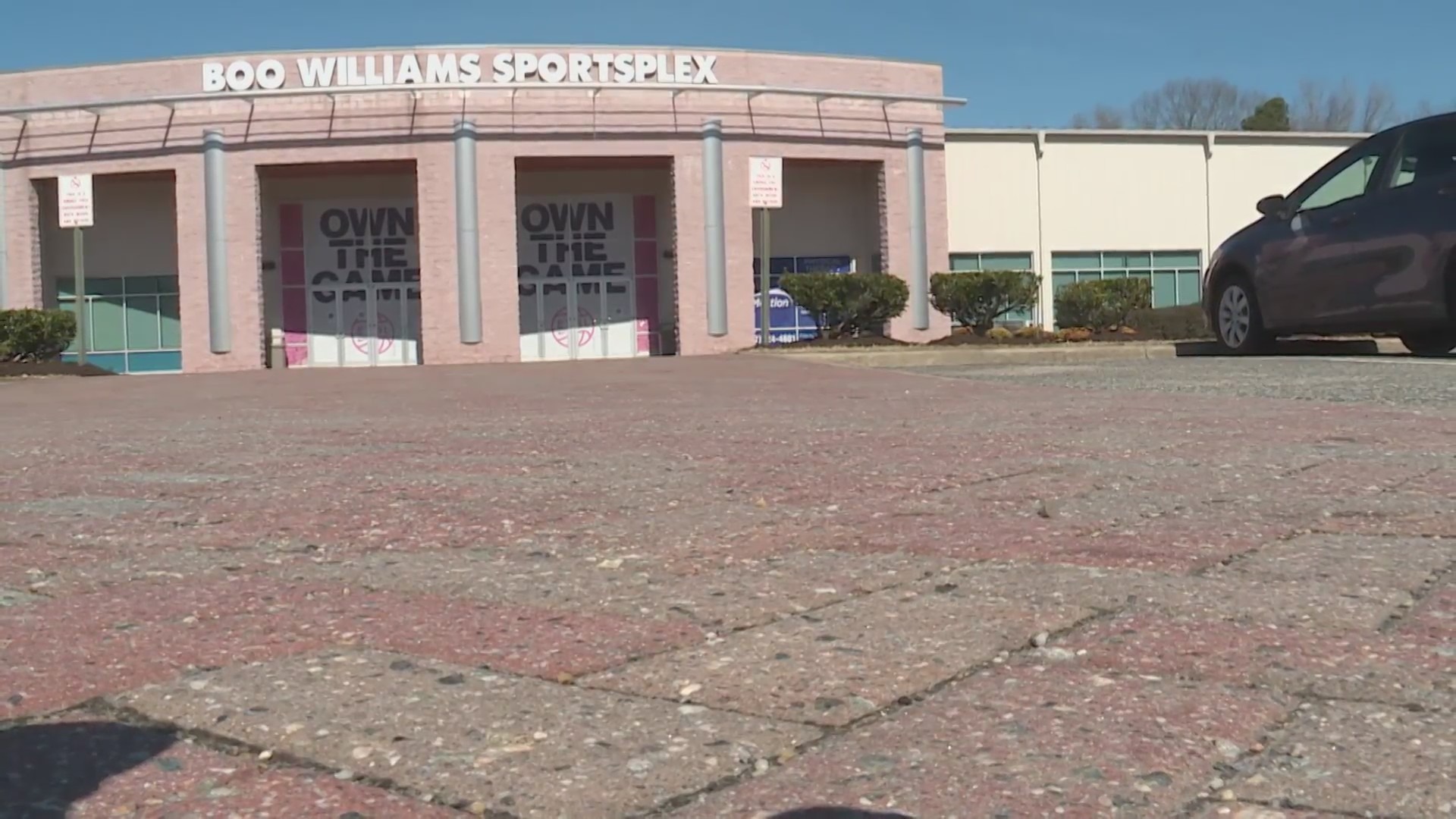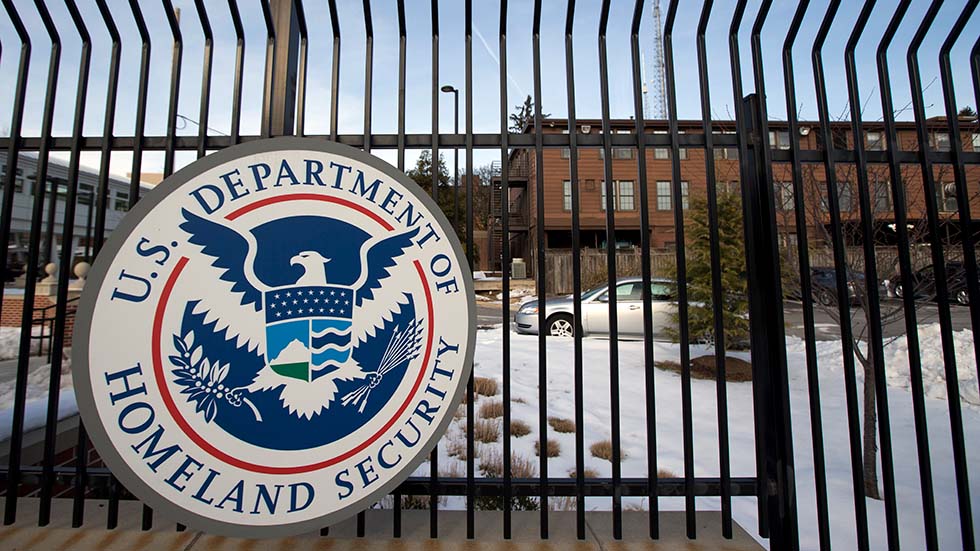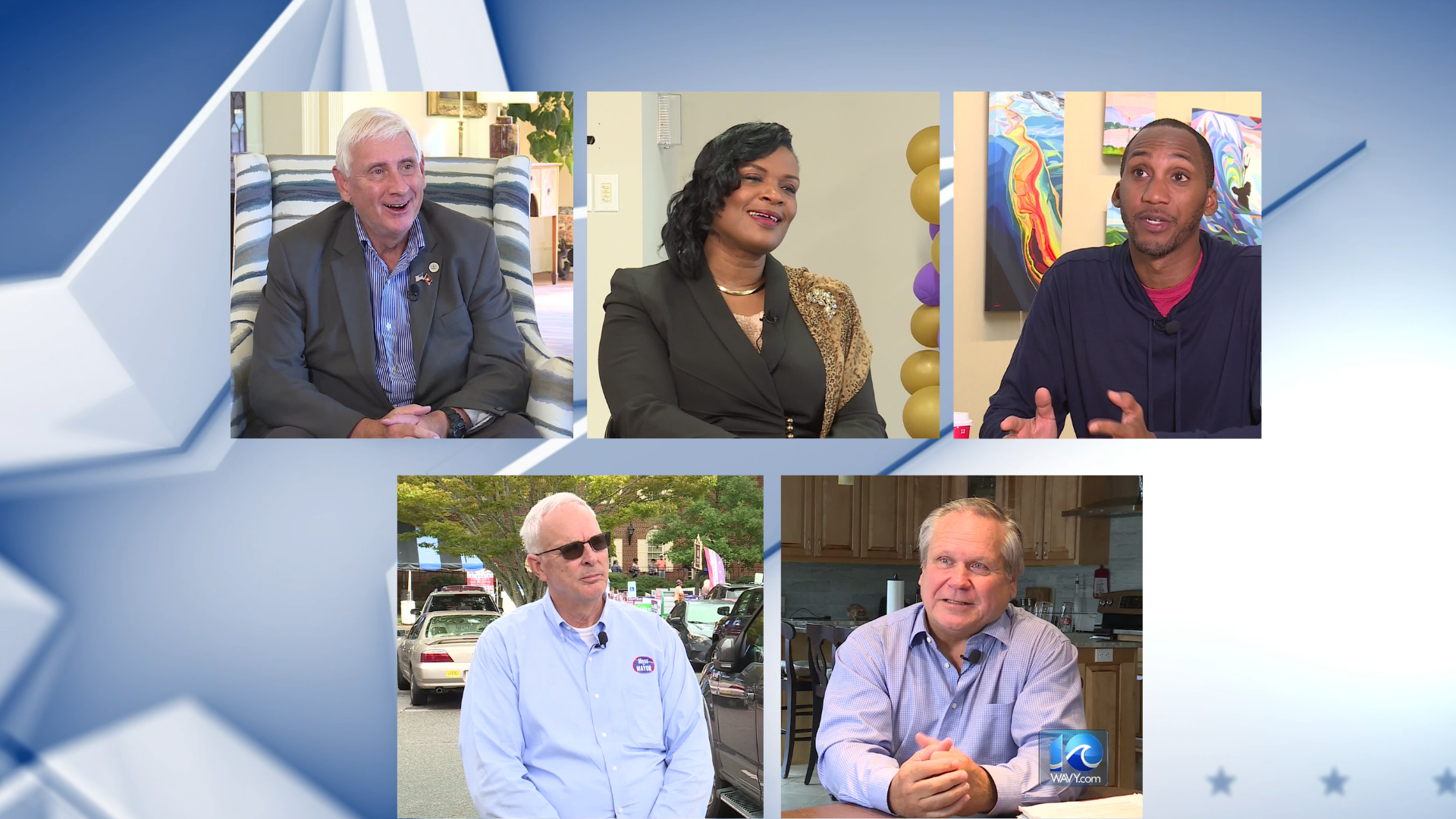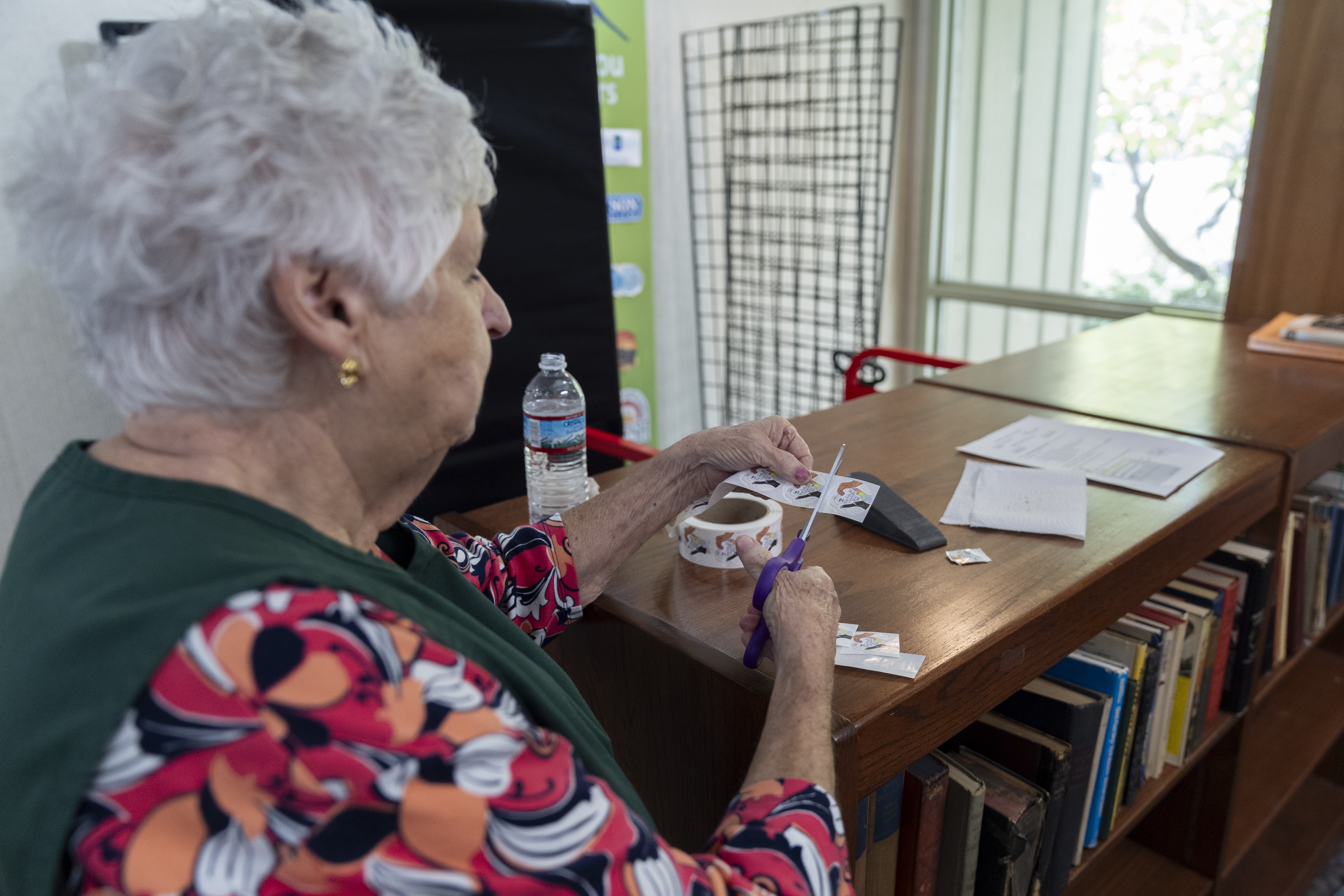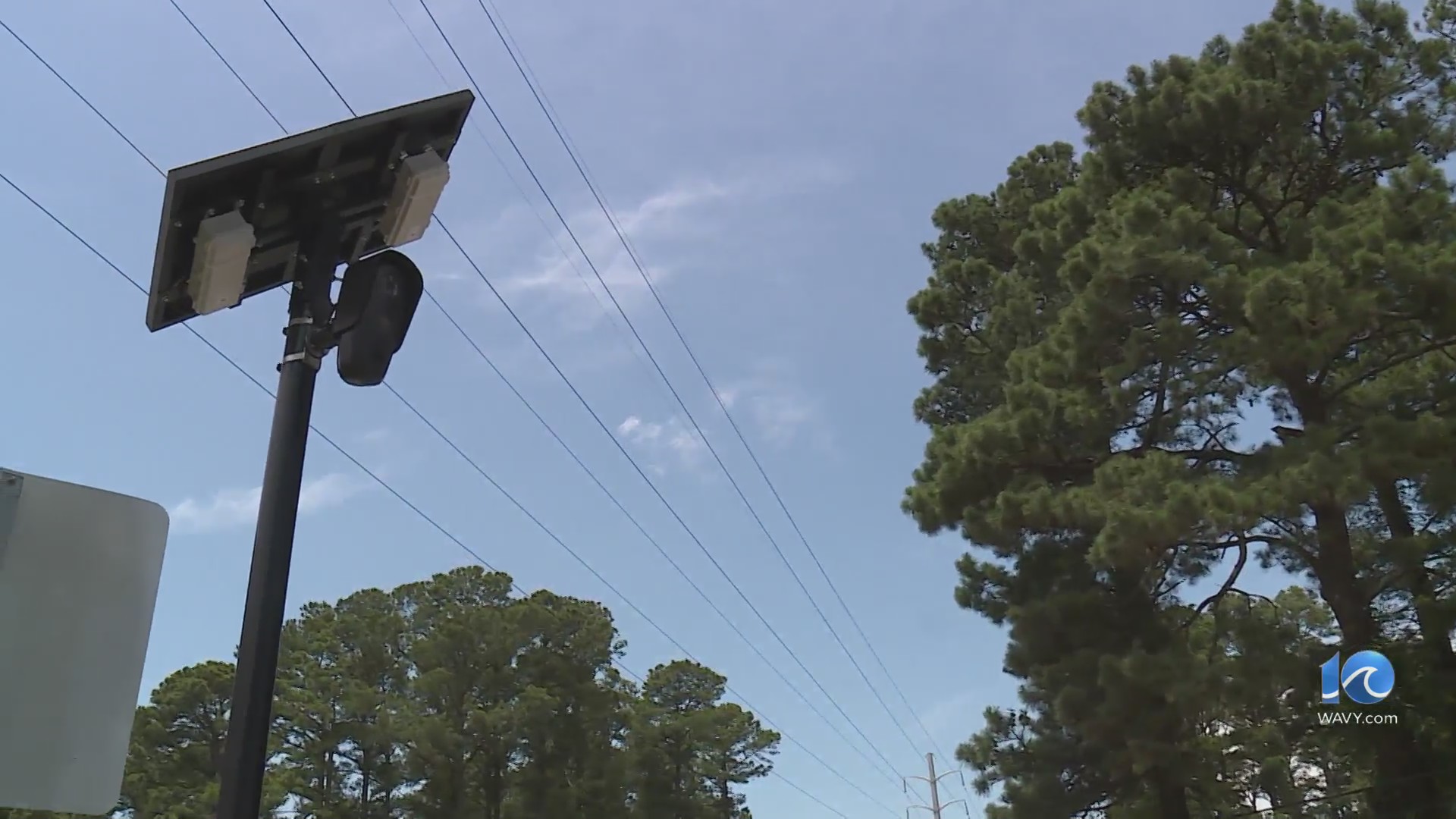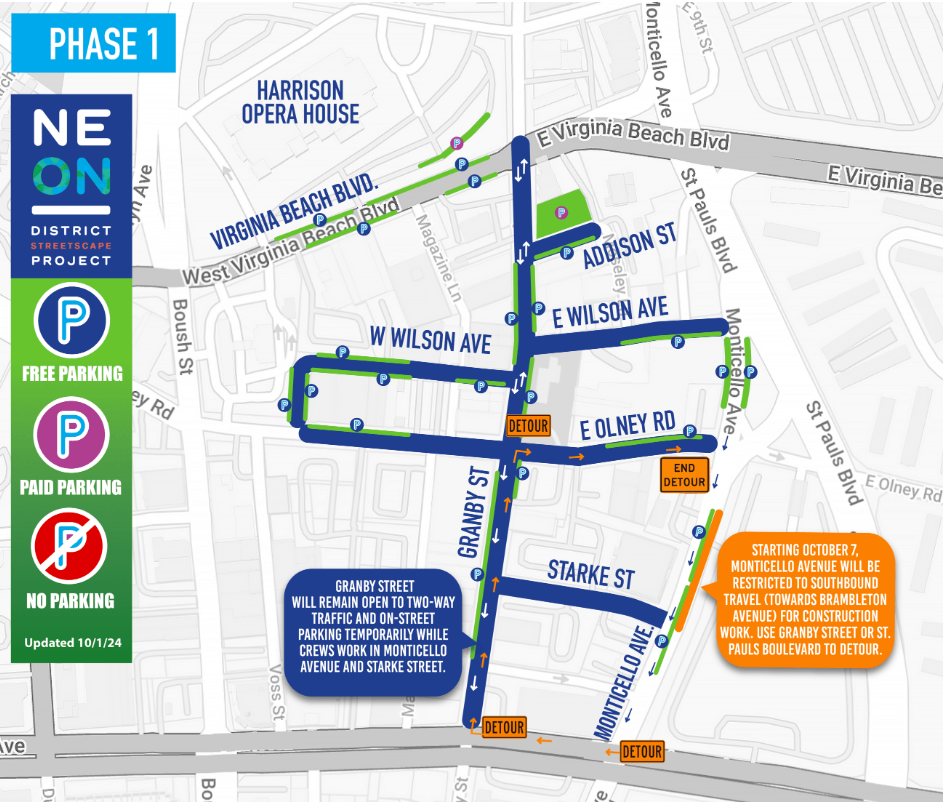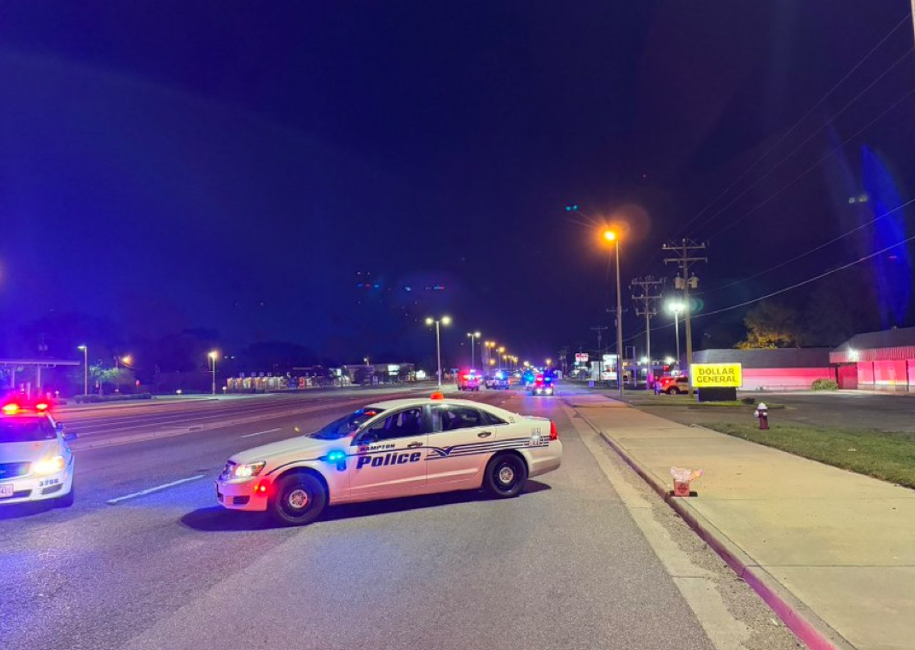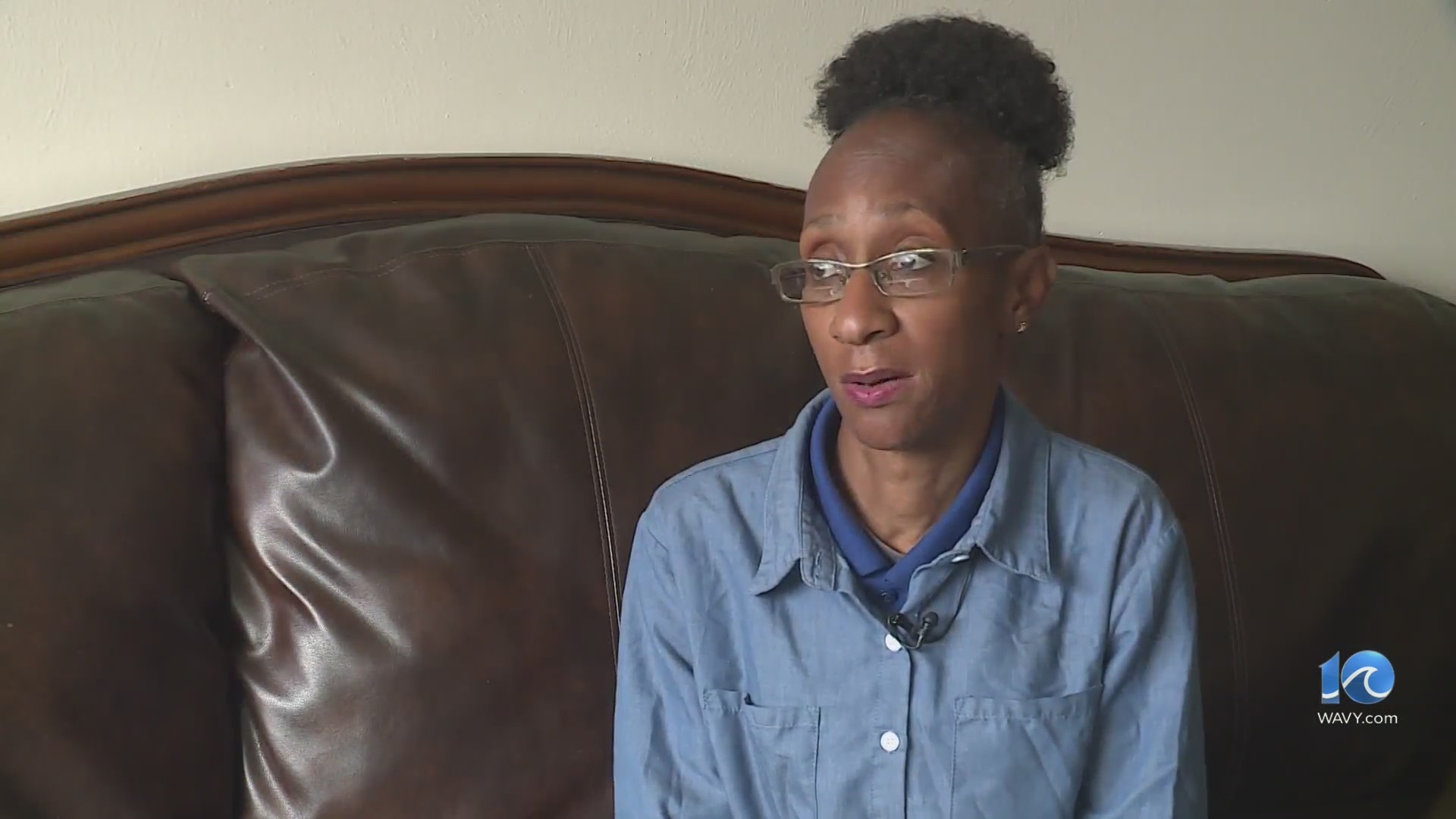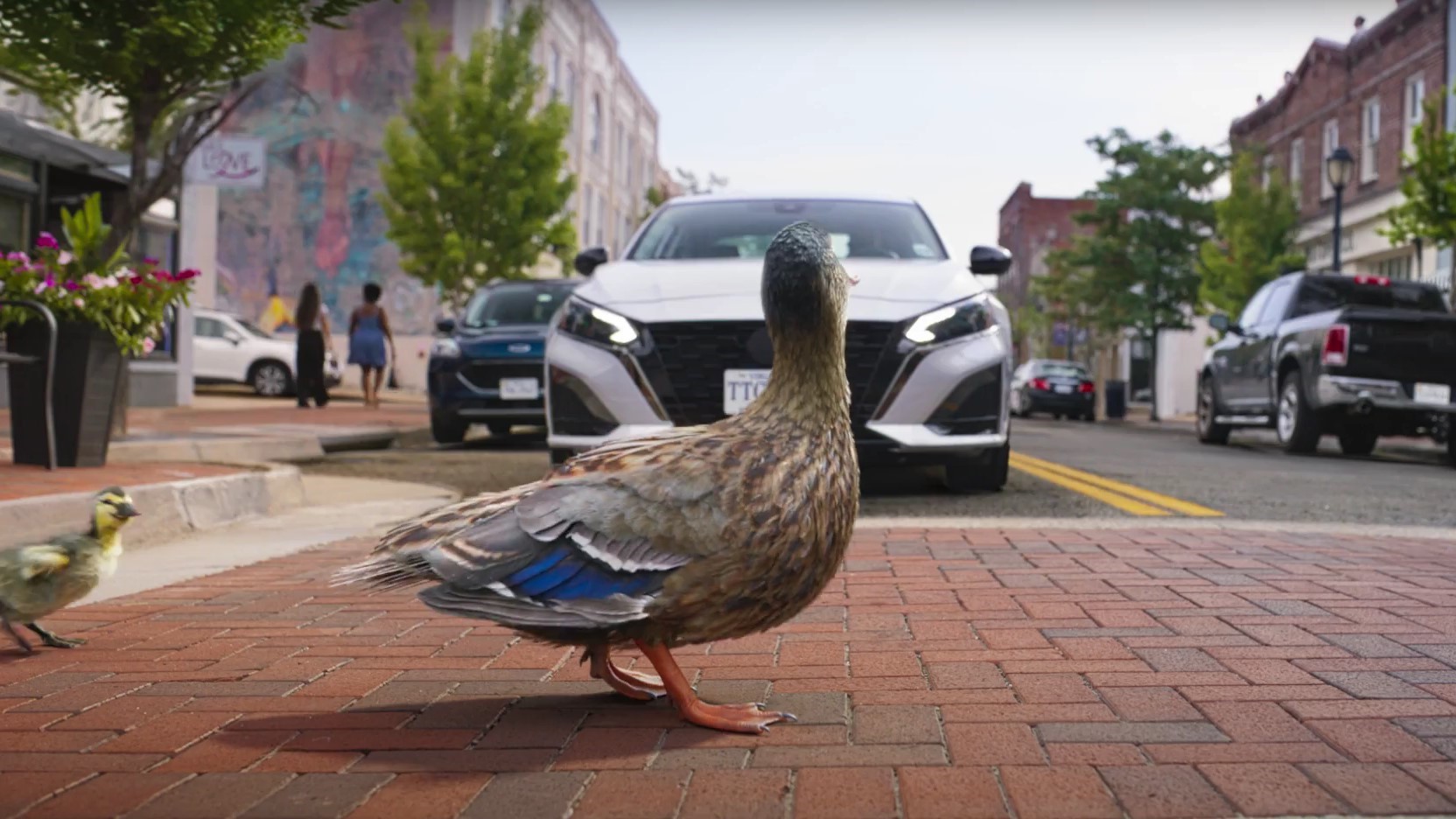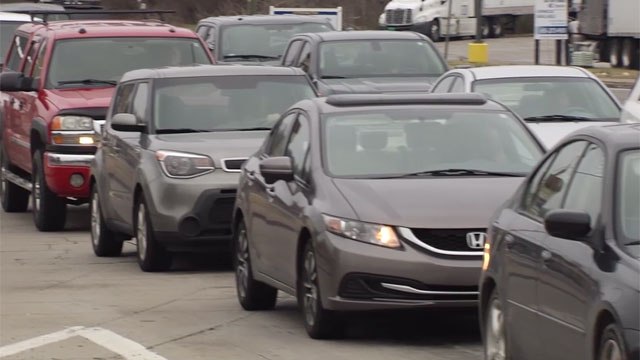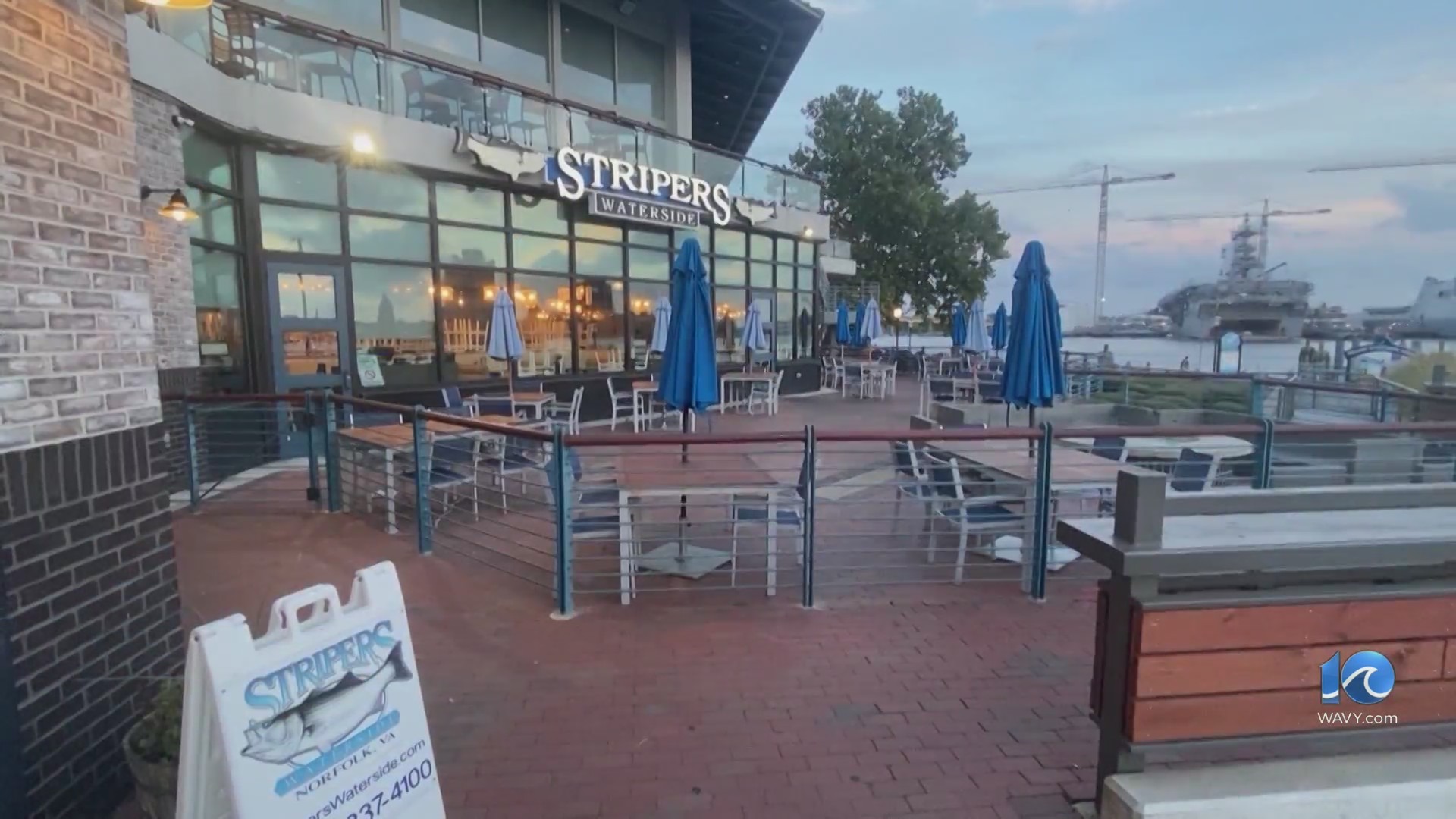MANTEO, N.C. (WAVY) — 10 On Your Side is investigating whether an ancestorial burial ground is on land slated to be developed for 12 single-family homes in Manteo, North Carolina.
We were called by concerned family members that their ancestorial resting place could be replaced.
The property in Manteo is where retired U.S. Marine Lenny Ferguson and some others think is a sacred burial ground. The developer says they haven’t found proof of any graves on that area yet.
Ferguson said they want to preserve, protect, and reclaim what is theirs.
“When I was a little boy, we used to cut a path right through here to go to my grandmother’s and we saw graves around here,” Ferguson said, gesturing to an area in the middle of three or four trees.
The woods are located off Airport Road in Manteo, which is sacred ground for Ferguson.
“I started seeing markers that had kids my age — 9 years old, 10 years old. I wanted to know what they died from.”
He doesn’t want homes built on what he believes is a sacred burial ground. A resting place replaced.
“I called Stan White Realty and told him that this was a graveyard.”
We reached out to Stan White Realty & Construction, the company that’s selling 12 lots with homes on the property Ferguson and some others think is a sacred burial ground.
“They haven’t proven to me that there is a grave out there. Secondly, they don’t seem to know the exact location,” developer Stan White said.
Ferguson pointed out two exact locations, but North Carolina law orders notification and detailed plans before Ferguson digs to confirm a grave, and orders Stan White to stop home construction immediately if he does discover a grave.
Finding graves in overgrown or woodsy areas isn’t unusual in this area.
Separate from the possible development of 12 homes by White’s company, in 2009, Ferguson was driving by the woods about two to three football fields long, and saw work trucks.
“I came up here, and I saw a crew ripping out the headstones and I stopped them, and I said who ordered you to do this? And they said ‘Malcolm Fearing.’ I spoke to Malcolm Fearing and he said he wouldn’t do it no more.”
We asked Fearing, who owned the property at that time about that. He was adamant that is not a true recollection.
“That is absolutely not true. Not true… I don’t recall any conversation about that,” he said.
There is disagreement on that, but here’s what we do know: In 2010, Fearing appeared in the local paper with a family member, Eugene Austin, Fearing in 2009 preserved a known African American cemetery on an adjacent property. We asked Fearing about that.
“We put up fence to surround these graves… You can see from one end to the other of where I saw gravesites … and then we put up fence around them… I probably should do a better job maintaining it.”
Fearing restored those at his own expense and fenced in the graves to preserve local ancestorial history.
“It’s the last burial place that is sacred ground,” said Fearing.
Family member Rhonda Carver said her family and Lenny’s are buried on the fenced-in lot.
“All our families are tied in together. African American families that came here first, and this is where all our history is,” Carver added.
Amy Gamiel lives across the street from a Wanchese, North Carolina, cemetery, and co-wrote “Sacred to Their Memory” on Dare County cemeteries.
We asked her how frequent it is for people like Ferguson to remember old headstones in a place that now has none.
“Very frequent — very,” she said.
Gamiel said Ferguson’s memories of headstones lost, decayed, or taken are not uncommon reports,
“When I grew up, there were markers in the yard beside us after my father bought the house, but they were not there in my lifetime because they had crumbled and had fallen apart.”
It is common in Manteo to find standalone gravemarkers. At Dare County Regional Airport, they’ve preserved a cemetery that has several grave markers.
On the airport tarmac, we found John Wescott’s grave marker from the 1880’s. Down the road, Eugene Austin’s great-grandfather, Theodore Meekins, is found in someone’s yard. Not far away from there, headstones are buried in ivy. Lost souls.
The idea of development where graves may be hidden is emotional for Carver, as her ancestors are buried in the area.
“They are taking land for their own purpose as long as it is not them. Whatever it takes to hurt us.”
Ferguson added: “Bones are buried here.”
We don’t know where this story will take us, but in the end, our 10 On Your Side investigation brought together two sides on this issue.
“There is a middle ground…the middle ground is those folks go through the proper state procedures in accordance to the law, I will let them go on and dig,” White said.


